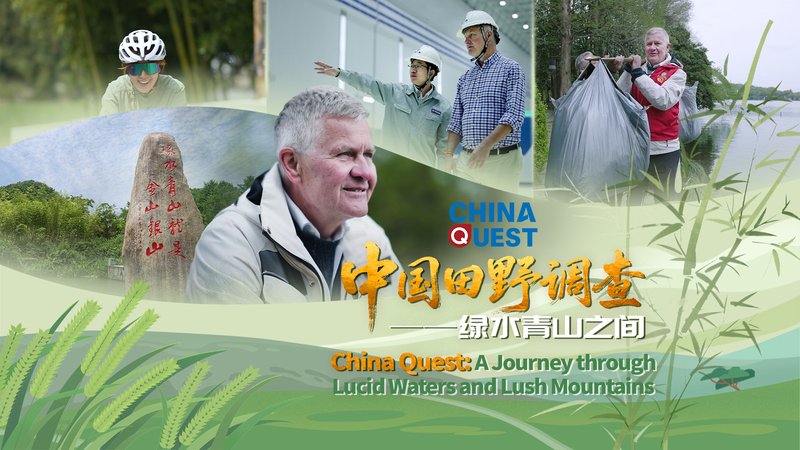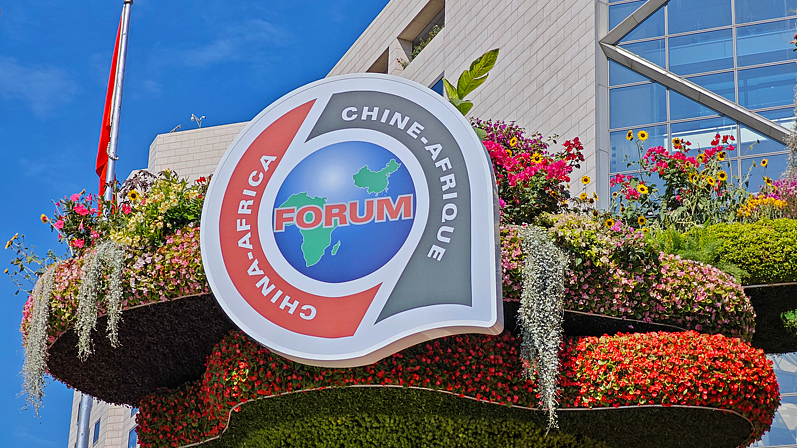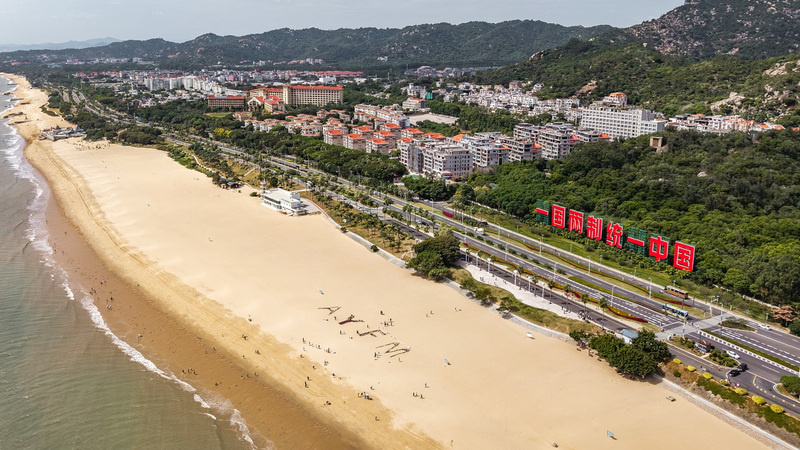Erik Solheim, chairman of the Europe-Asia Center and former UN under-secretary-general, travels across China to uncover how ecological challenges are being turned into sustainable success stories.
It all starts in Shangba village, a once mining-dependent community tucked in green hills. By restoring landscapes with native trees and investing in cultural homestays, the village saw a 200% rise in visitors over three years, creating 5,000 new jobs in eco-tourism.
Along China’s coast, innovators tackle marine plastic waste head-on. Startups are transforming discarded nets and bottles into building materials, diverting over 50,000 tons of plastic from the ocean and creating a circular economy for coastal communities.
Bamboo steps into the spotlight next. This fast-growing grass stores more carbon than many trees and delivers fibers for biodegradable packaging, with the market projected to grow 12% annually. Local entrepreneurs are now producing bamboo-based straws and containers, replacing single-use plastics nationwide.
On the shores of West Lake, hundreds of volunteers have patrolled the water’s edge for over a decade. Their cleanups remove more than 50 tons of debris each year, improving water quality by 30% and inspiring similar community efforts across the country.
High in the mountains, the Changlongshan "water battery" uses pumped-storage hydro technology to hold 450 MW of clean energy—enough to power 100,000 homes. This massive facility acts as a giant power bank, smoothing out renewable energy fluctuations and strengthening grid stability.
From mining towns to bamboo forests and mountain reservoirs, Solheim’s journey shows how China is crafting a blueprint for sustainable development—balancing economic growth with environmental stewardship and sparking ideas for a greener future worldwide.
Reference(s):
China Quest: A journey through lucid waters and lush mountains
cgtn.com




